The summer season is gaining momentum, and now is the time to make efforts to shape the future harvest. And this requires three conditions: top dressing, watering and sunny days. Moreover, watering is very important, because plants are sensitive to the amount and temperature of water. If you fill them with cold water from a well or plumbing, they will hurt and may even die. So many summer residents do the right thing when they put a container in a sunny area into which they collect water for irrigation. It warms up well during the day - and you can safely use it. Of course, there are large tanks on sale for this purpose, but their cost is quite high, and for many who suffered financial losses during the quarantine measures, it is even unaffordable. Meanwhile, you can make a voluminous pool for irrigation literally for a penny, and this was clearly demonstrated by the author of the YouTube channel Green Planet. You will love this idea and you can easily repeat it on your site.
What is needed to make an irrigation tank: savings in business
To make such a tank, you need 4 racks. These can be metal pipes about 2 meters high or wooden posts and even shafts for shovels. In addition to them, you need 3 meters of a chain-link mesh (it can be replaced with a rigid plastic mesh).
The most important thing is to find a high-quality plastic film-pipe. Do not save here: take as dense material as possible and do not buy a film at a discount, it may be damaged. The color of the film does not matter, although it is logical to assume that the black one will warm up better. You only need about 2.5 meters of such a pipe, and even the highest quality will not cost more than 300 rubles.
You also need to find a piece of old linoleum or roofing material to strengthen the bottom and a plastic pipe with a tap to connect the hose.
Even if you have to buy all of the above, you will meet a maximum of 800–1000 rubles, and in return you will receive a tank for a cubic meter of water. A similar plastic container costs at least 9,000 rubles - you can check it out. So the savings are obvious, and all the work will take an hour and a half at most.
How to make a tank: step by step photos
The tank will be stationary, this is not surprising, since the weight of such a container is very large. So choose a place where the sun shines most of the day: not under trees, or by a building or fence. When planning the location of the tank, think about whether it will be convenient for you to pull a hose to it from a well or water supply and, accordingly, whether it will be convenient to connect a hose for irrigation.
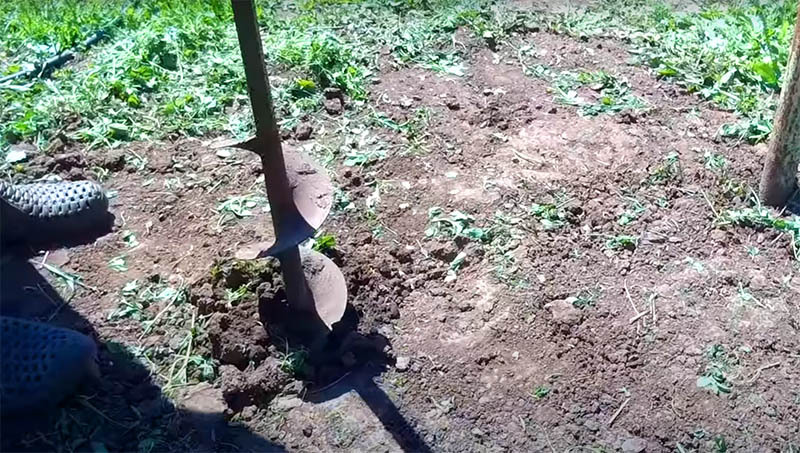
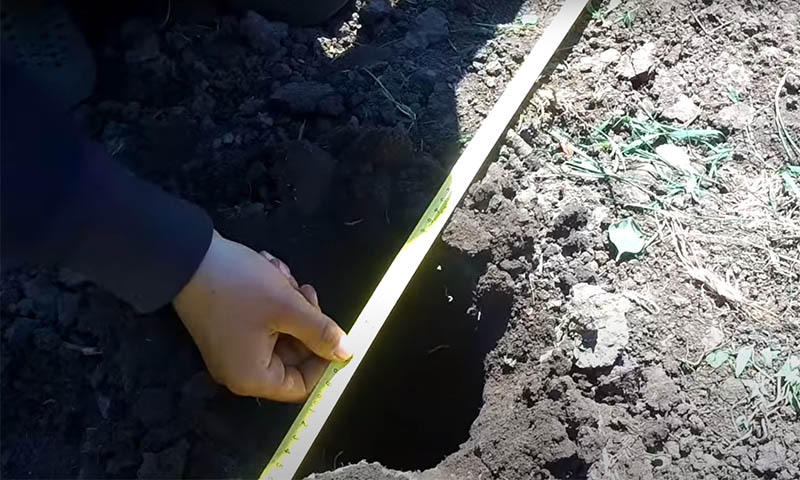
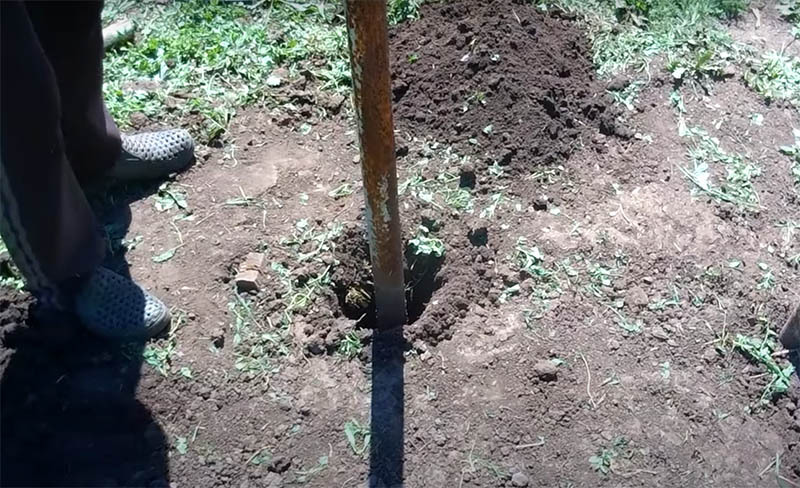
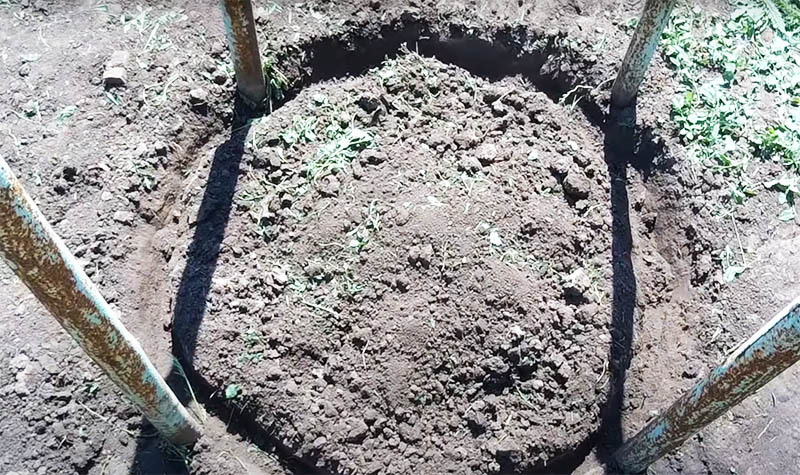
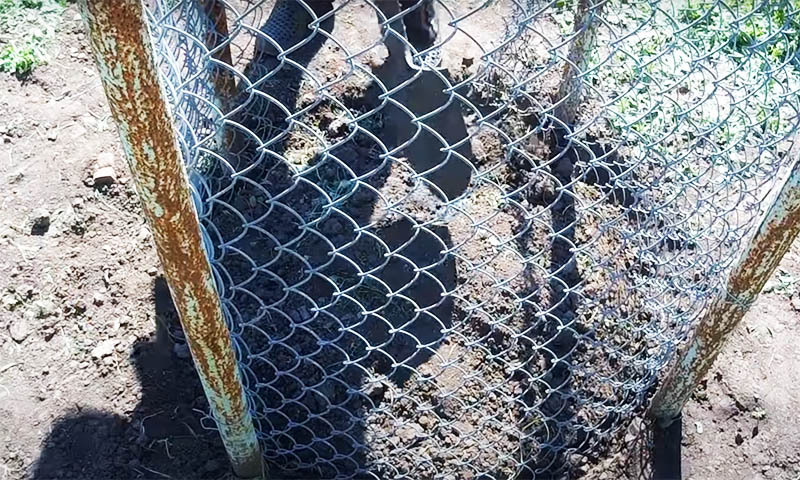
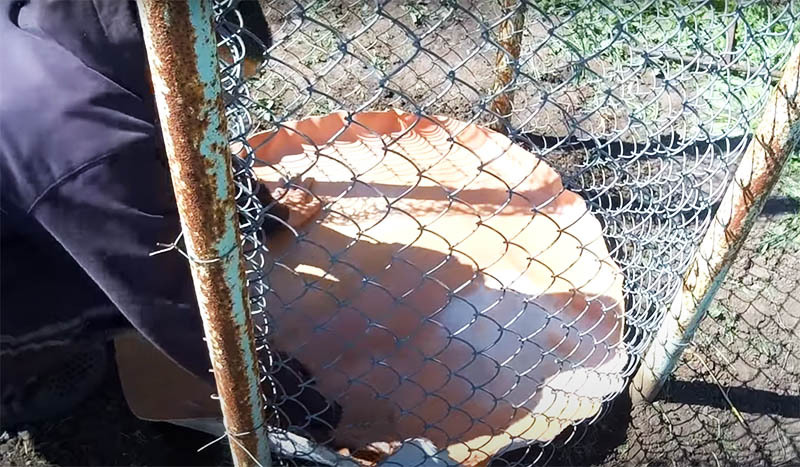
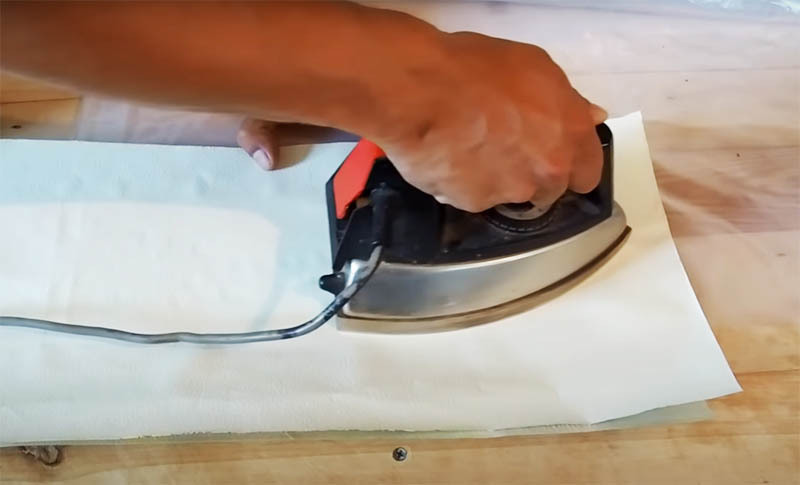
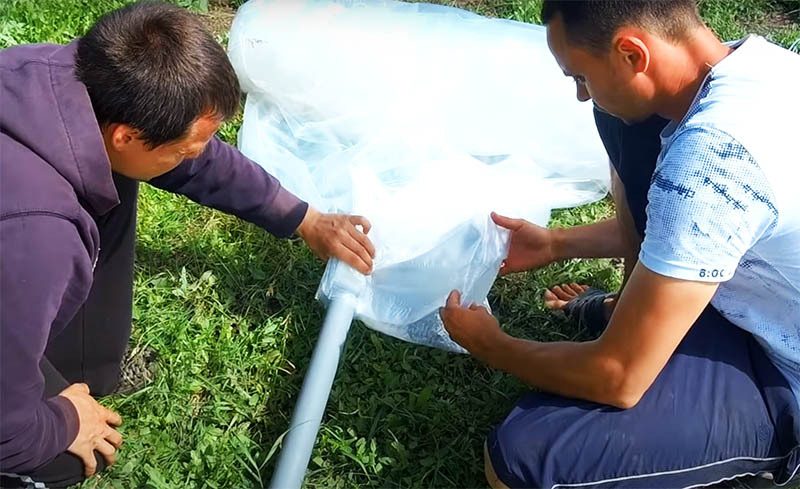
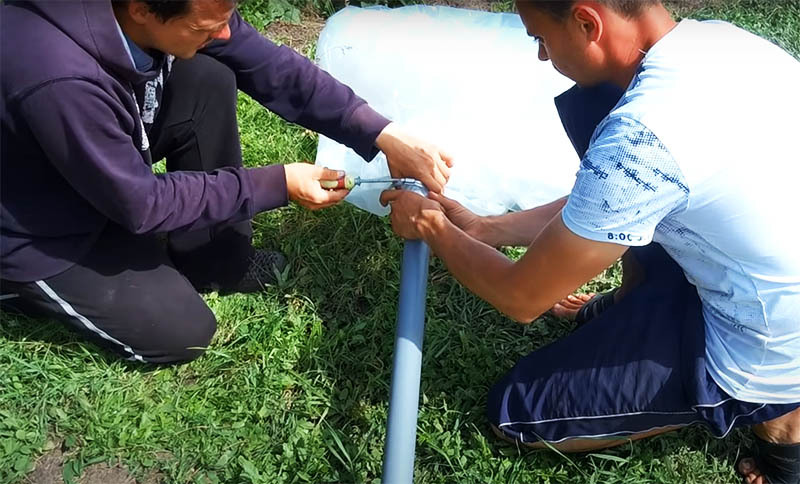
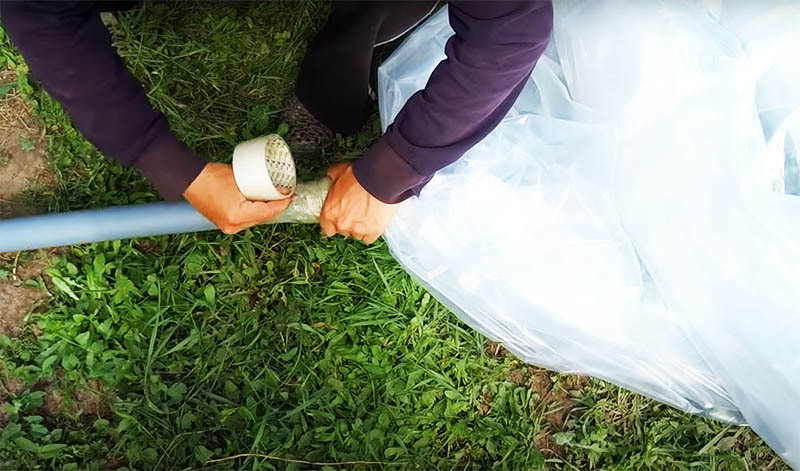
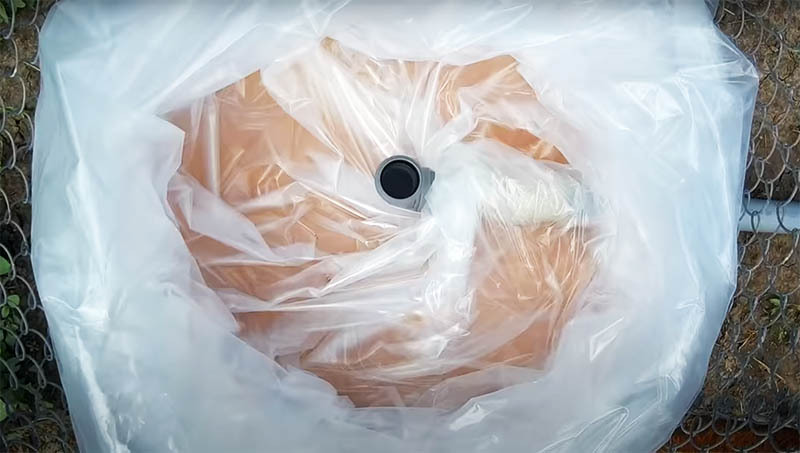
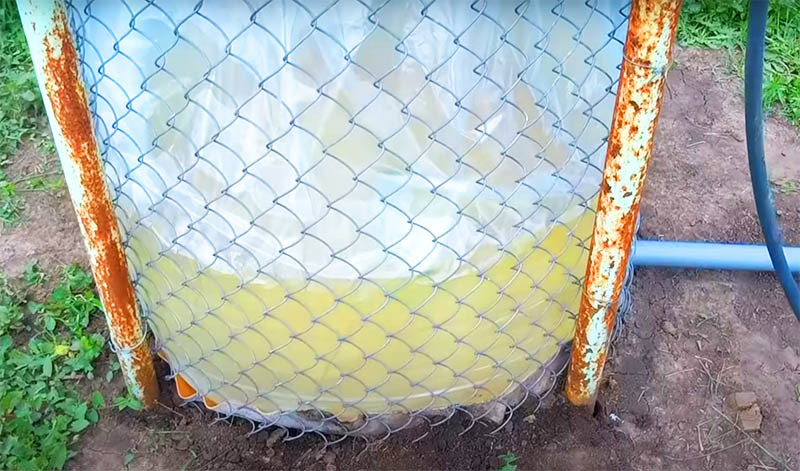
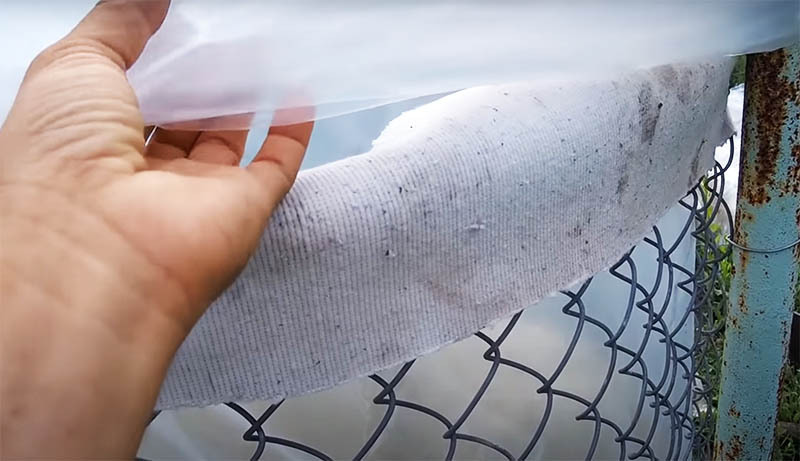
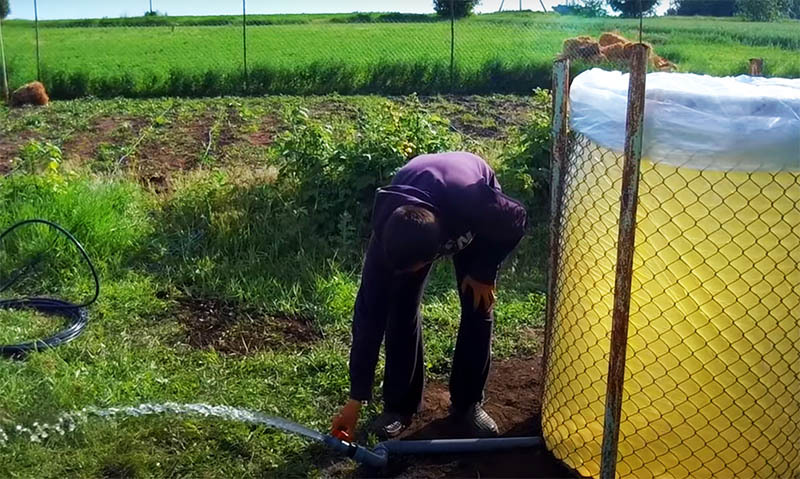
Such a pool will definitely serve you the whole season. And if you use a thick film and put it indoors for the winter, then two seasons. For a large area, you can put as many of these structures as you like - and forget about problems with watering.
It's hard to think of something simpler and more convenient than this tank, but here's another idea for you on this topic, now using wooden pallets:
If you are ready to share your opinion about this idea - write in the comments. Share your experience in making such structures!



